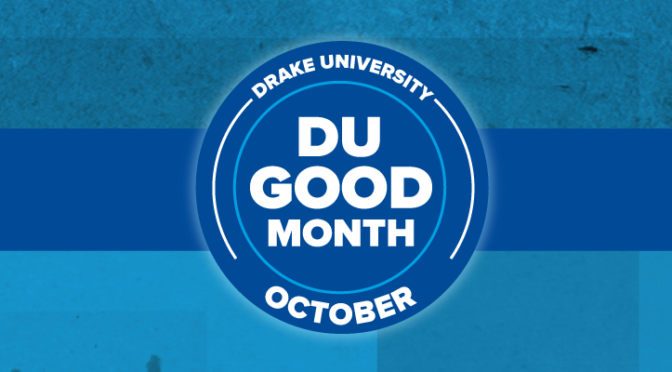All Staff Council (ASC) and Human Resources are looking forward to co-hosting a virtual town hall for staff on Friday, Oct. 22. It is scheduled to start at 1:30 p.m. and can go as late as 3 p.m., depending on the number of attendees and questions. Attend via Teams here. We know this is a busy time of year for everyone, so if you cannot make the town hall, we will provide a summary along with a link to a recording in next week’s OnCampus.
So far, we have received many thoughtful questions. If you have a burning question, there is still time to submit questions to ASC. We have received a few questions we thought we could answer here in hopes of reserving as much time as we can at the town hall for the more complex and discussion-provoking topics.
We look forward to receiving more questions. Your questions will help us plan the agenda. We hope to see you at the virtual town hall!
Q: If you are able to share more about the benefits of using Broadlawns at this time with us, that would be great!
A: Great question! Please check out next week’s OnCampus for a bit more information. But note, Open Enrollment starts Nov. 1. Throughout the month, HR will be sharing a lot of information about benefits for plan year 2022, including additional details about the new Broadlawns partnership, which takes effect on Jan. 1. With the start of Open Enrollment, HR also will be rolling out a beautiful digital benefits guide that we think will be really helpful to employees and their families. It will contain core information about Broadlawns pricing, but more detailed information will be provided throughout the month of November. Keep an eye out for HR communications in November.
We are happy to share that Broadlawns will have a presence at the Benefits Fair on Nov. 4 from 9 a.m. to 11 a.m. at Parents Hall South.
As a reminder: if you ever have specific questions about your benefits, please feel free to directly contact Drake’s Benefits Specialist Marlene Heuertz (marlene.heuertz@drake.edu).
Q: Could we allow rollover of a certain number of vacation days into the following year that need to be used by a specific deadline?
A: This question comes up frequently. Unfortunately, this is not an option that is available with our current leave structure, as we are not able to carry over the financial liability from one fiscal year into the next. True, we did allow this once due to COVID—as an exception—with review from our tax accountants.
This is not to say that we cannot revisit how vacation leave, sick time, and other forms of leave are handled at Drake—but that would be a big (big) project. It may be helpful to gauge how pressing this is compared to other projects that will also be time consuming—we can revisit this at the town hall, if there is interest.
In the meantime, we encourage all staff to plan out vacations with the ebbs and flows of the academic year in mind. We understand COVID has made such planning extremely difficult in the past two years and we know it has been frustrating to see unused vacation time end with the fiscal year. Let’s all hope that planning will be easier in 2022.
Q: Are you considering letting us use sick time to cover the time of annual appointments? With us now having to go to our PCP for our insurance coverage, it would be nice to be able to use sick time and not vacation for these appointments.
A: Another great question. We had to do some historical research to get to the bottom of why the current sick leave policy is drafted like it is. Turns out, way back in June of 2004, someone asked this same question! Drake recognized that we really do want to encourage staff to seek routine and preventative care. At that time, the decision was made to not revise the sick leave policy, but instead to provide staff with a second personal day. The short answer: the reason why staff get two personal days per year is because one of them was intended to be used for routine and preventative care. People hired since 2004 would not necessarily know this history, so there you go.
Q: Under what conditions are staff empowered to tell their manager they don’t want to have in-person meetings, but would rather hold them via Teams or Zoom?
A: An employee certainly could ask whether there is an option to attend a meeting remotely. However, managers do get to direct their employees to attend meetings and events in person. The only conditions where an employee could arguably refuse to follow such directions would be if the employee was out on protected leave (like FMLA) or sick and physically unable to come to work. Without knowing more about what the question-asker has in mind, this is the short answer. If there is a follow-up question, please submit it!
Q: What options will be open to staff moving forward for remote work?
A: We know staff are really anxious to learn more about this important topic! The task force reviewing remote work, flexible schedules, and the like has finalized its recommendations. Those recommendations were just presented to the President’s Council on Oct. 13. Please see today’s OnCampus with a separate article on the task force’s work. It provides more details about what happens next.
— Andy Verlengia, on behalf of All Staff Council; Maureen De Armond, Human Resources

